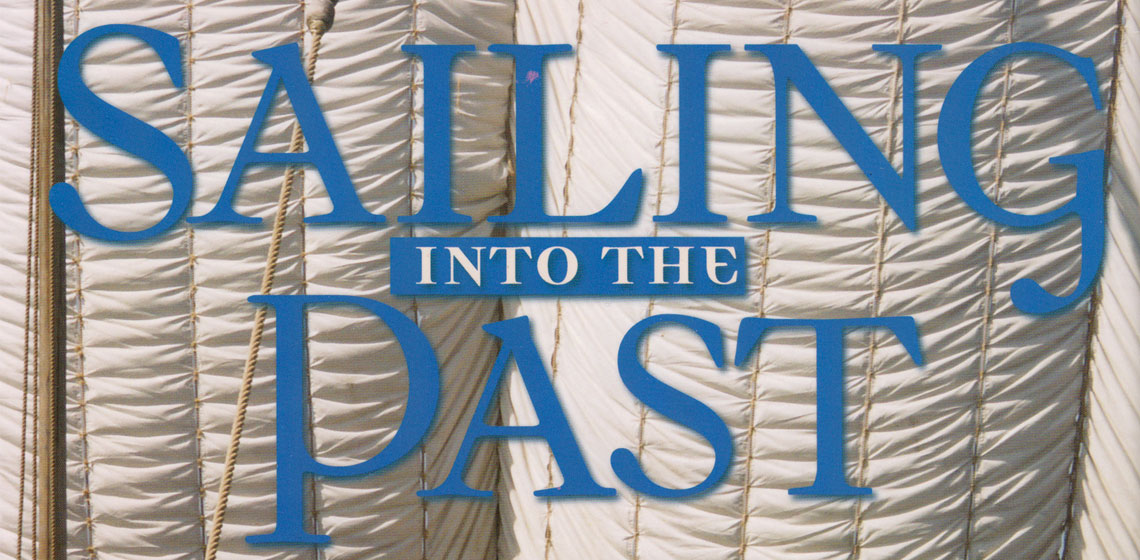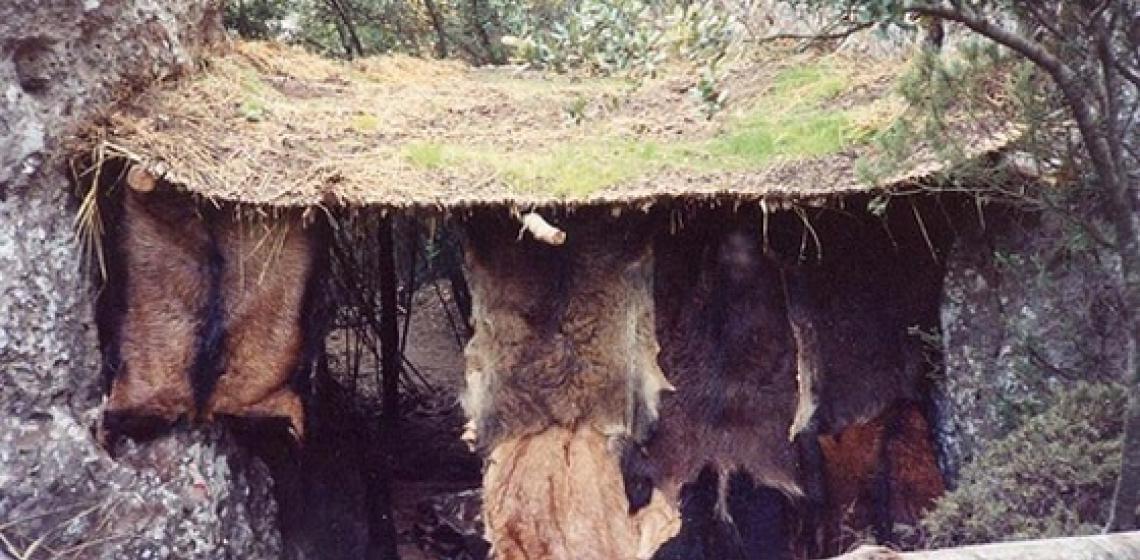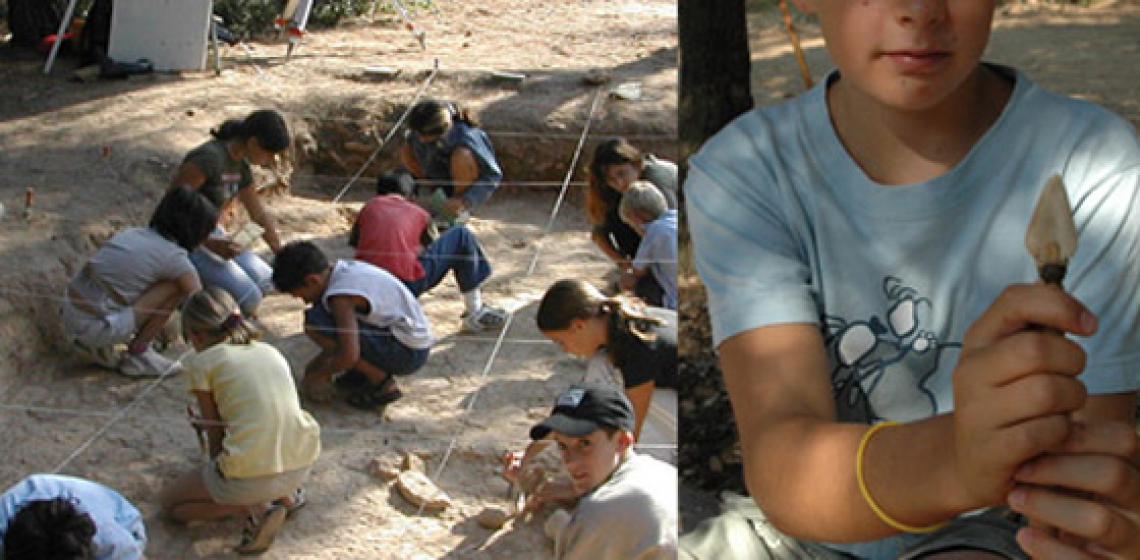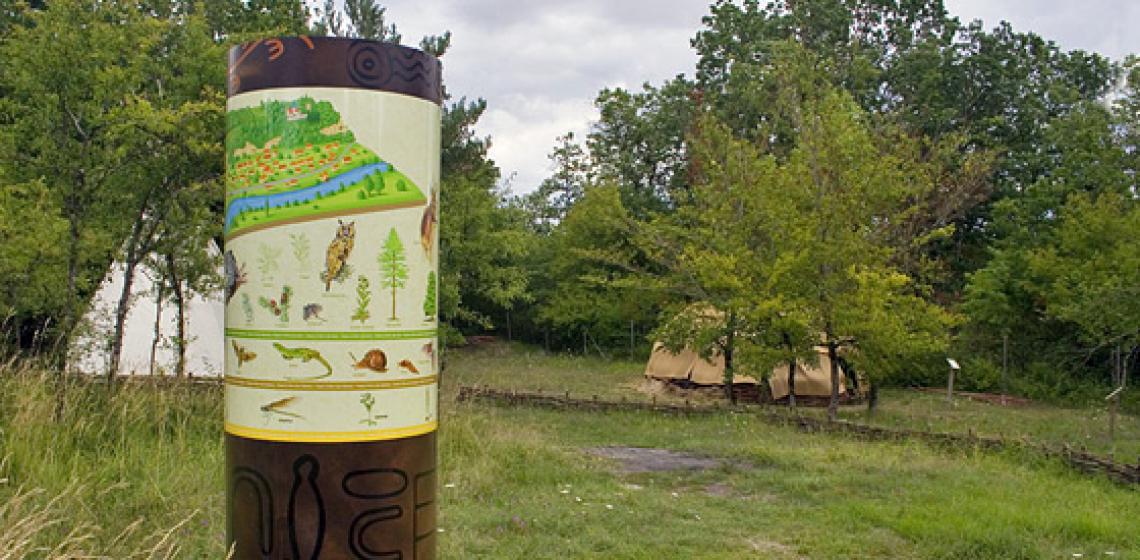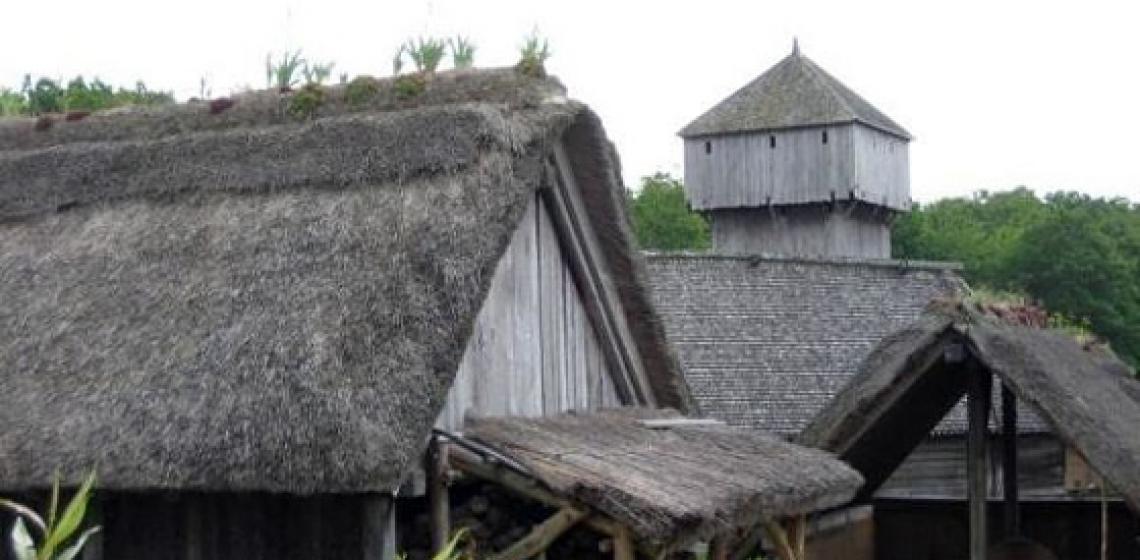Have the megalithic structures found in the artisans quarter of the gallo-roman city of Alesia really been used for the smelting of metal or enamel (FR)?
Experimental archaeology found that the most probable use of these structures was as heating ovens for clay-moulds being used for the smelting of bronze in the so called “lost form”...

